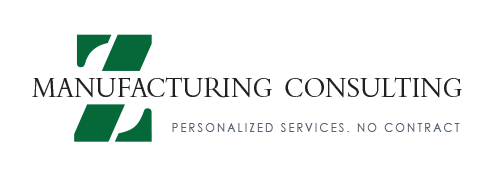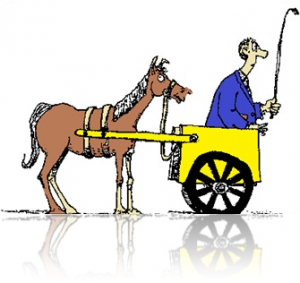Is it Possible for a Western Manufacturer to Compete with Asian Imports?
 Your factories can compete favorably with Chinese manufacturers when it comes to customer service, lead times, quality, and after sales technical service.
Your factories can compete favorably with Chinese manufacturers when it comes to customer service, lead times, quality, and after sales technical service.
For many years, a few major flooring companies manufactured Luxury Vinyl Tile (LVT) in their factories in the US, UK, and other western European countries. For the most part, they focused on the premium priced segment of the market. Over the past fifteen years, however, most experienced minimal growth in factory volume due to the strong emergence of lower priced albeit lower performing products from China and other Asian countries. Most major flooring companies started to source these products from Asia and experienced rapid growth in volume as LVT became a strong force in the overall flooring market. Some abandoned western manufacturing or limited their production volume to premium constructions.
One such company made the decision to begin the sourcing from Asia of a moderately priced and performing LVT product line. When news of this change in business strategy was communicated to the manufacturing staff it was viewed as very negative news that might spell doom for their future employment. To say the least, morale plummeted.
The view of the employees and many in the industry was that due to extremely low Chinese wages, it was impossible for western factories to remain competitive.
Was it inevitable that western manufacturers could not compete with Chinese manufacturers? At the time, many flooring companies subscribed to this view. The company referred to above, however, did not. Their view was that their factories competed favorably with Chinese manufacturers when it came to customer service, lead times, quality, and after sales technical service. Additionally, their in- house design capability offered industry leading aesthetic properties in advance to similar visuals being available from Chinese manufacturers who tended to follow rather than lead. This company challenged its technical and manufacturing teams to find a way to be cost competitive with the landed cost of LVT products sourced from China.
The technical and manufacturing teams rose to the task. They challenged historical barriers relative to product construction and factory processes. The entire manufacturing team rallied around this high priority initiative. Key vendors were also asked to contribute as their future volume and profitability hinged on the success of this initiative. It truly was a ‘circle the wagons’ approach. After considerable effort and innovation, the collective team did succeed in achieving the goal. The business leveraged the advantage of cost competitive in house manufacturing and factory volumes grew as did company profits. Rather than the feared closing of factory capacity, factories were expanded. Other companies have started to follow this lead.
When faced with Far East competition, it is not inevitable that western manufacturers will fail. These manufacturers should recognize the strength and capabilities of their people and not hesitate to challenge their organizations to rise to the challenge. It is likely they will be pleasantly surprised.
Ask Z Manufacturing Consulting how re-engineering of products and processes can achieve cost parity with Far East manufacturers…

 You can increase factory performance and business profitability with the right key performance measures that are properly communicated.
You can increase factory performance and business profitability with the right key performance measures that are properly communicated. Is low margin business really the right approach to fill excess factory capacity?
Is low margin business really the right approach to fill excess factory capacity?